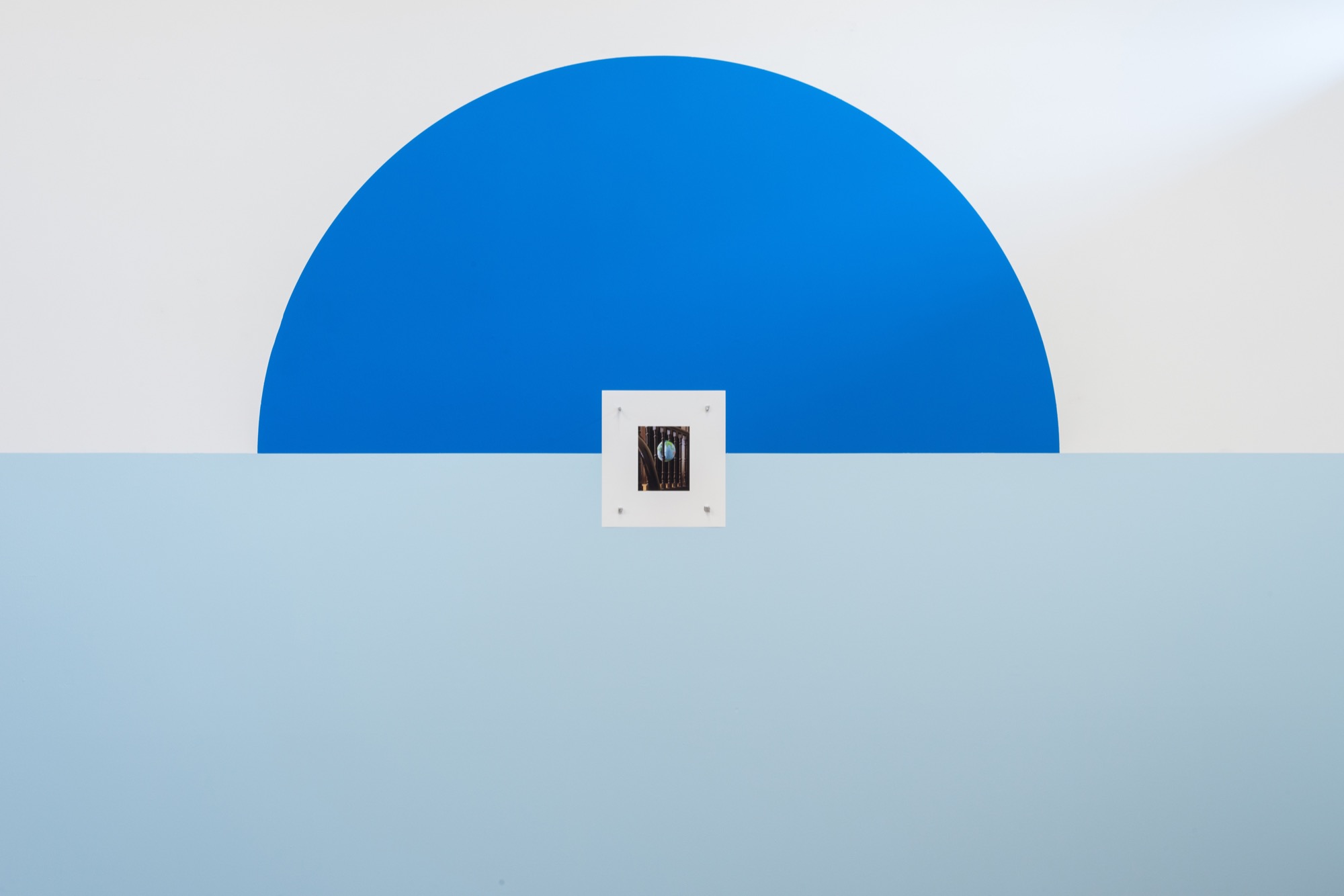
In Kieren Seymour’s previous shows the focus was primarily on human and human-like figures—sometimes friendly and cartoonish, sometimes reminiscent of Hans Bellmer’s violently fragmented dolls. In Blue Blindness these figures re-appear, but Seymour turns away from their personalities to explore questions about the nature of perception and the relationship between a brain and a world.
The phrase “blue blindness” comes from a fact told to Seymour by a friend: when you are depressed or “blue,” you actually have less capability of seeing blue. Depressed people see less blue in two ways: clinical depression hampers one’s abilities to see bright colours—including blue—and contrast so that everything appears greyish; and, a lack of exposure to blue light, not the white light of the sun as one might think, is the cause of seasonal depression. While we may think that the source of happiness in summer is simply the sun, it is actually the rays of the sun as they scatter hitting the Earth’s atmosphere, turning blue in the process. Blue Blindness has lots of blue, bright colours, and contrast, which even through a grey haze of depression might be legible.
If the answer to the naïve question “why is the sky blue?” is “to make us happy,” what about its grown-up version: “what is the relationship between self and world?” and the subsequent Marxist and Freudian inflections, respectively, “how much is the broken self a result of the broken world?” and “how much is the broken world a result of the broken self?” In Blue Blindness I find all three registers.